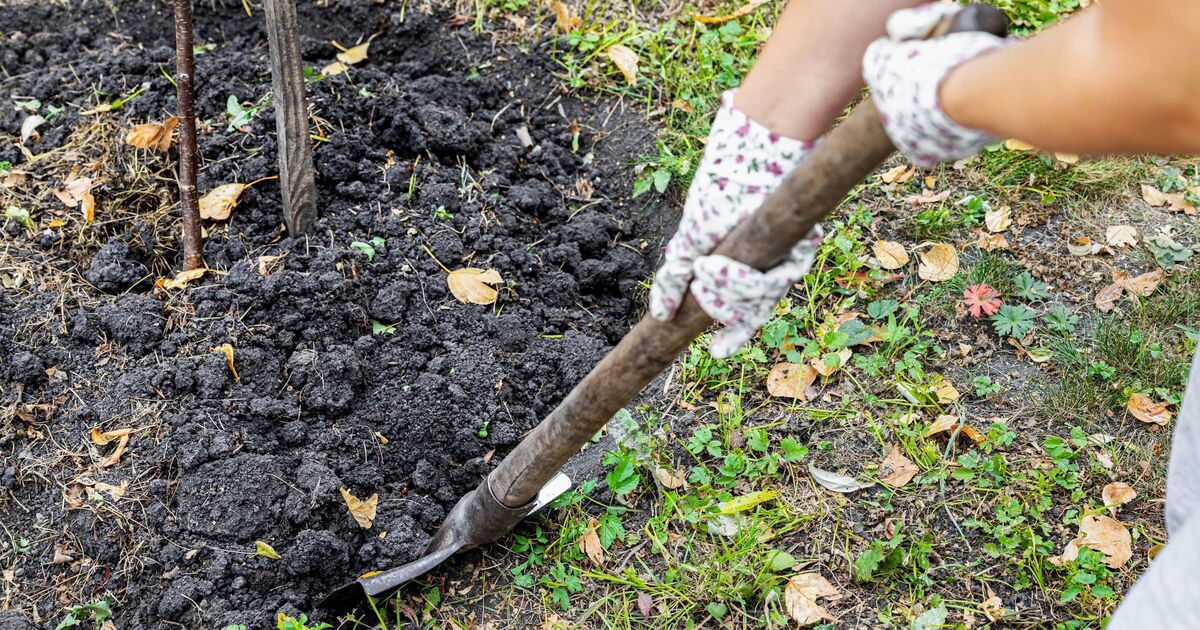Winter gardening tasks are few and far between, as plants can have very specific requirements when it comes to cold, damp weather.
However, experts say there’s a key gardening job that should not be overlooked if you want a vibrant garden in spring.
While the weather remains cooler for now, there’s one vital task that can help ensure your garden thrives come spring.
According to gardening specialist Hannah Rowson from J. Parker’s, now is the perfect opportunity to address a critical aspect of garden maintenance that will pay off in the long run.
“Your shrubs will now be in their winter dormancy, so it’s the perfect time to move them to a new spot,” Hannah advised.
“Safely dig up your shrub from its current home and transplant it into a new location.”
This process is particularly beneficial for gardeners who have noticed that their shrubs may not be thriving in their current positions.
“If you’ve noticed your shrubs aren’t getting enough of what they need, this is a good opportunity to move them to an area that they’ll prefer,” Hannah continued.
“For example, if they haven’t got enough sun currently, transplant to where your garden gets the most sunlight in summer.”
By taking this step now, gardeners can ensure their plants are better positioned to flourish when the warmer months arrive.
How to transplant shrubs
For those new to gardening or unsure about transplanting shrubs, there are several best practices to follow:
Choose the right time: Ensure the shrub is dormant before moving. This is usually late autumn to early winter.
Prepare the new spot: Make sure the soil in the new location is suitable for your shrub’s needs. Dig a hole that is slightly larger than the root ball.
Dig carefully: Use a spade or fork to gently dig up the shrub, ensuring as much of the root system as possible is kept intact.
Water thoroughly: After replanting, water the shrub generously to help it settle into its new home.
Mulch around the base: Apply a layer of mulch to keep the roots protected from freezing temperatures.












